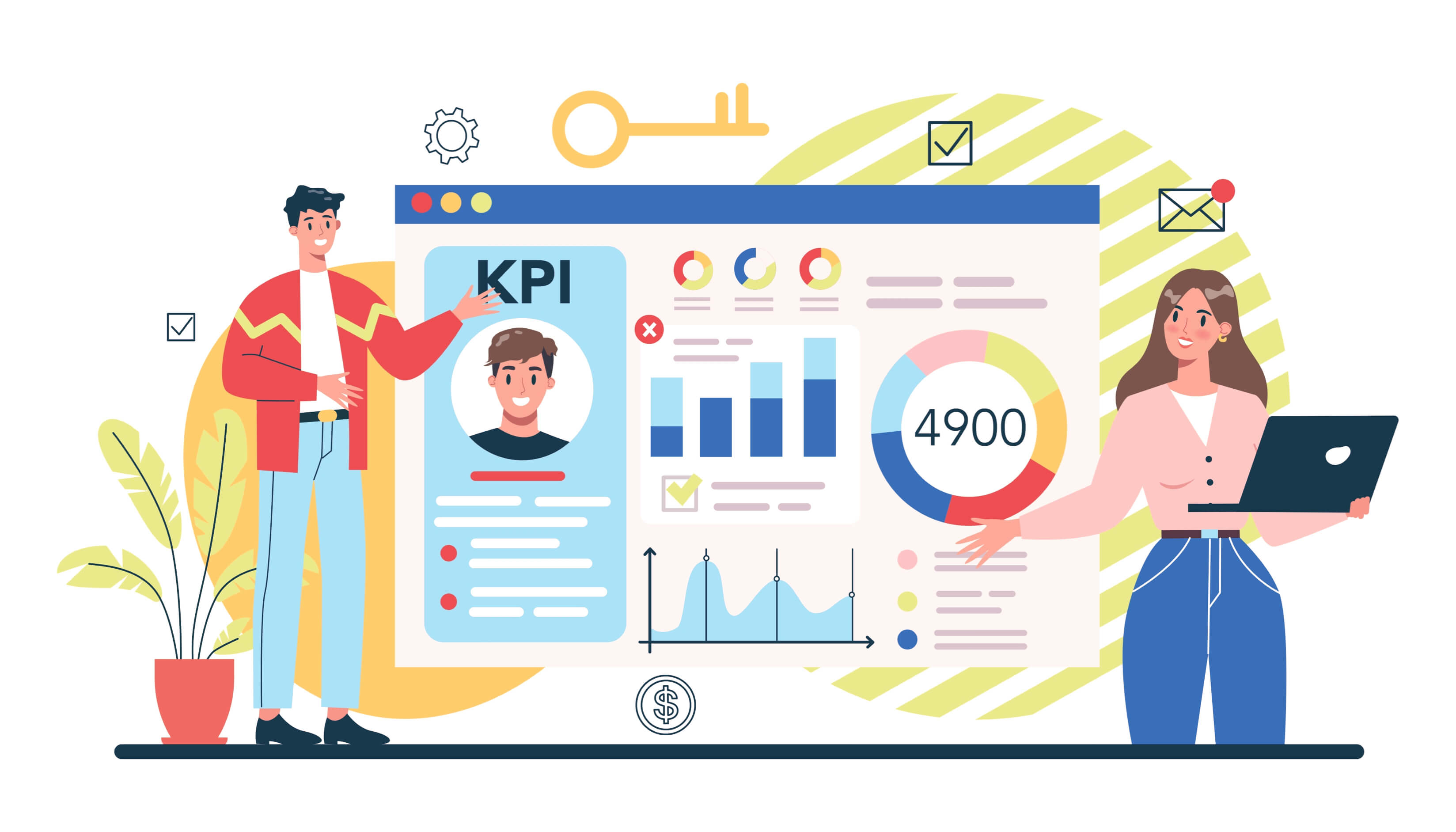
Performance management methods must evolve with the times.
Even before Covid-19 forced us into remote work arrangements, traditional performance management methods had been losing favour.
Since the pandemic, more have realised the importance of emphasising outcomes rather than behaviour (e.g. how much time an employee spends at the office). Many have also realised that setting goals once at the start of the year and reviewing them only once a year isn’t helpful. Employees’ goals need to be aligned with rapidly changing business conditions and demands. This means goals have to be reviewed and results should be assessed more frequently. Based on our conversations with HR leaders, more organisations are now choosing to have regular performance conversations with their employees instead of a traditional annual review.
When assessing performance as a whole, they assess how well employees have responded to disruption. This could constitute various behaviours (e.g., picking up new skills or coming up with and implementing innovative solutions).
As you work on monitoring, maintaining and improving your employees’ performance in line with your organisation’s goals, remember that in order to be effective, performance management can’t be a one-time activity. It must comprise several key elements with the aim of holistic manpower management and development.
1. Set Agile Goals and Link Them Clearly to Business Priorities
PeopleSearch Singapore’s Jaime Lim, in a recent People Matters Global article pointed out that more of our clients have been asking that we only shortlist adaptable and agile job seekers for key positions. In a VUCA (volatile, uncertain, complex and ambiguous) business environment, these qualities are essential.
However, we can’t expect a large number of such individuals to surface if, to begin with, performance management systems don’t encourage and support adaptability and agility.
Setting agile goals is vital in this context.
The traditional approach often results in people struggling to find their feet whenever the operating environment takes an unexpected turn. They spend too much time bemoaning the impossibility of accomplishing goals that were set at the start of the year.
However, if goals are clearly and transparently linked to business priorities, employees will be able to more easily appreciate why and how goals might need to be adjusted based on prevailing business conditions.
This understanding also ensures that employees anticipate and expect change, helping them develop an agile mindset.
While managers should have the flexibility to adjust goals, they must also show employees how such a system actually benefits them directly insofar as it ensures they remain relevant and are rewarded for adding value to the organisation.
Managers and employees should set these jointly at the start of the year and review them every three months. If a crisis strikes, you might have to review them sooner. Whatever the case, ensure that they are SMART (Specific, Measurable, Achievable, Realistic, and Timely), agree on how they will be met and what behaviours are necessary to achieve them.
It is also crucial for employees to be aligned with new goals at every stage. Changing goals without warning or alignment is likely to be counterintuitive.
2. Conduct Frequent Check-ins
In order to keep employees on track to meet their goals, managers should have short 10 to 15-minute informal conversations with them every other week. Studies show that these check-ins during which progress, problems and solutions are discussed, can help employees get back on track. Addressing issues as soon as they arise makes managing performance easier for both parties.
In order to chart progress and to keep track of problems and the solutions used to try to resolve them, each party should take notes during these check-ins. This will ensure that everyone is on the same page about what worked and what didn’t.
Record both positive and negative feedback and ensure that the check-in session ends with the employee feeling motivated to succeed.
3. Have Separate Skills and Career Development Conversations
PeopleSearch Singapore’s, Jaime Lim, in the same People Matters Global article also explained that aside from assessment-oriented conversations, managers must have separate development conversations with employees.
Performance evaluation sessions naturally involve looking back and discussing extrinsic motivators such as compensation and titles.
Development conversations should be forward-looking, inspiring and centred on intrinsic motivators such as furthering career or overall life goals.
Considering the differences, managers and employees need to frame their mindsets and approaches differently for each. Experts also say that discussions centred on extrinsic motivators tend to shut down discussions of intrinsic motivators. In order to eliminate the tension and to make each discussion more productive, separate the two.
As you have development conversations, remember that while employees are being urged to upskill and reskill today more than ever before, many are struggling when it comes to deciding which skills to pick up or improve upon.
Take the guesswork out of the process by forging a close partnership with each employee to map upskilling/reskilling plans that are aligned with business goals.
This should then lead to discussing the individual’s own aptitude and interests, and how these could become part of their talent development journey in a way that would also benefit the organisation. As employees discuss their own professional goals and desired career trajectory, they become more self-aware and should be able to suggest ways to meet their career objectives with the company’s support.
The plan could involve not only training courses, but also stretch assignments in a different department.
By having such conversations with their direct reports, managers show employees that the organisation takes their development and growth seriously. This can markedly boost talent retention in the long run.




Leave A Reply